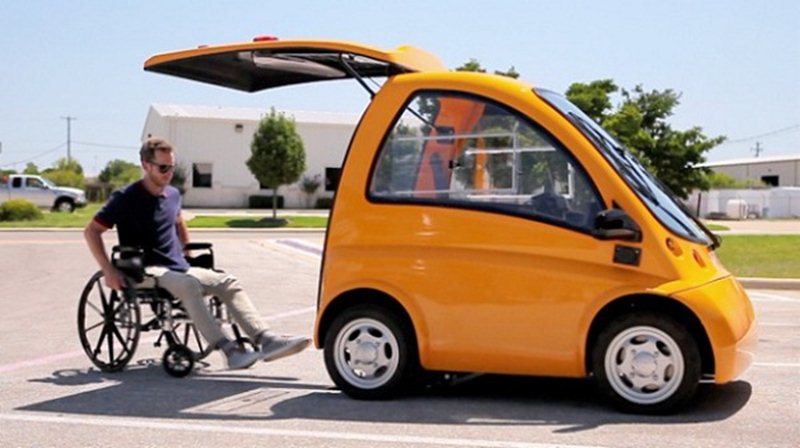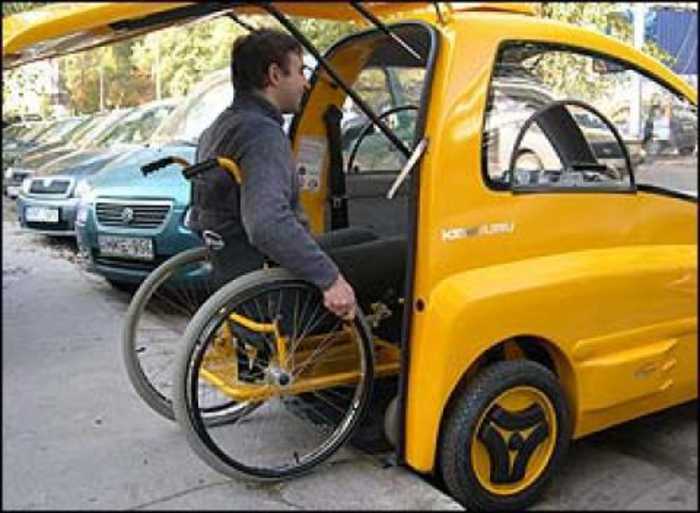Rehab: Electric Car designed by a Hungarian company for Disables
- Published by
- Posted on
- Leave your thoughts
-
Going green for the disabled -Kenguru
Nowadays, everyone is looking for a way to save on gas and help the planet. One issue: the cars that have been previously available have not been so kind to those who are disabled. Some cars have previously offered an easy entry, but little accessibility to drive. Before that, one had to have a lift installed to a common person transport vehicle or van. That approach left many disabled people with an empty bank account. The after use market for such a modified vehicle often left little to no value to the original vehicle, if the modification was removed. While this might allow for someone in a wheelchair to get into the vehicle, rough maneuvering to get in the driver’s seat still remained.

Going green for the disabled -Kenguru
Approaching this problem, one must keep in mind some of the difficulties associated with wheelchair use. Fortunately, someone has. That someone is Community Cars and Rehab, ltd., a Hungarian motor company who set out to make a solution that would not only be green, but easily handicapped accessible. The CEO, Stacy Koern, a motorized wheelchair user, was eager to fix the current situation. Setting out to create a handicapped accessible vehicle, Koern wanted to make it not only friendly to enter, but easy to drive. Enter the Kenguru.
The car is said to be able to travel up to 25 miles per hour, but some hope that future improvements will expand such restrictions. Another limitation is a limited range of 60 miles, but if one is simply looking to ditch the chair and get around town, this is definitely a possibility. As battery technology continues to improve, and it should, the range is sure to increase. The recharging time is a convenient eight hours, which means a full charge while you sleep! Charging times should even improve as lithium ion battery technology continues to improve.
The super-compact design is soon to be the poster-child for handicapped cars. Sporting two 2-kW motors, the car can go uphill at a 20% incline. While in the vehicle, the driver is in a 350 kg encasement. To get in, the driver uses the remote control to open the back hatch. Inside, the driver finds themselves in a 2125mm long, 1620 mm wide, and 1525 tall encasement, said people familiar with the car. To steer the car, the driver ditch’s the steering wheel for a bicycle like handlebar. Future plans to roll out a joystick controlled steering system are in the works, for those more familiar with the standard motorized chair control system. This, and many other future improvements are sure to follow.
Set to roll out in six to twelve months, the $25,000 US vehicle offers an attractive way to get around. Eventually, the car is set to hit European countries soon after. Some familiar with the project even suggest that certain green and vocational rehabilitation incentives could bring down the already fantastic price. The recent trend of designing electric cars has come one step closer to creating a vehicle for every walk of life. Eager for the future models produced by Community Cars and Rehab, one can only say the sky’s the limit. I’m sure that those who are disabled are thrilled to see such a landmark vehicle created. By cutting down on greenhouse emissions while offering a cost friendly solution, the Kenguru is sure to please.






